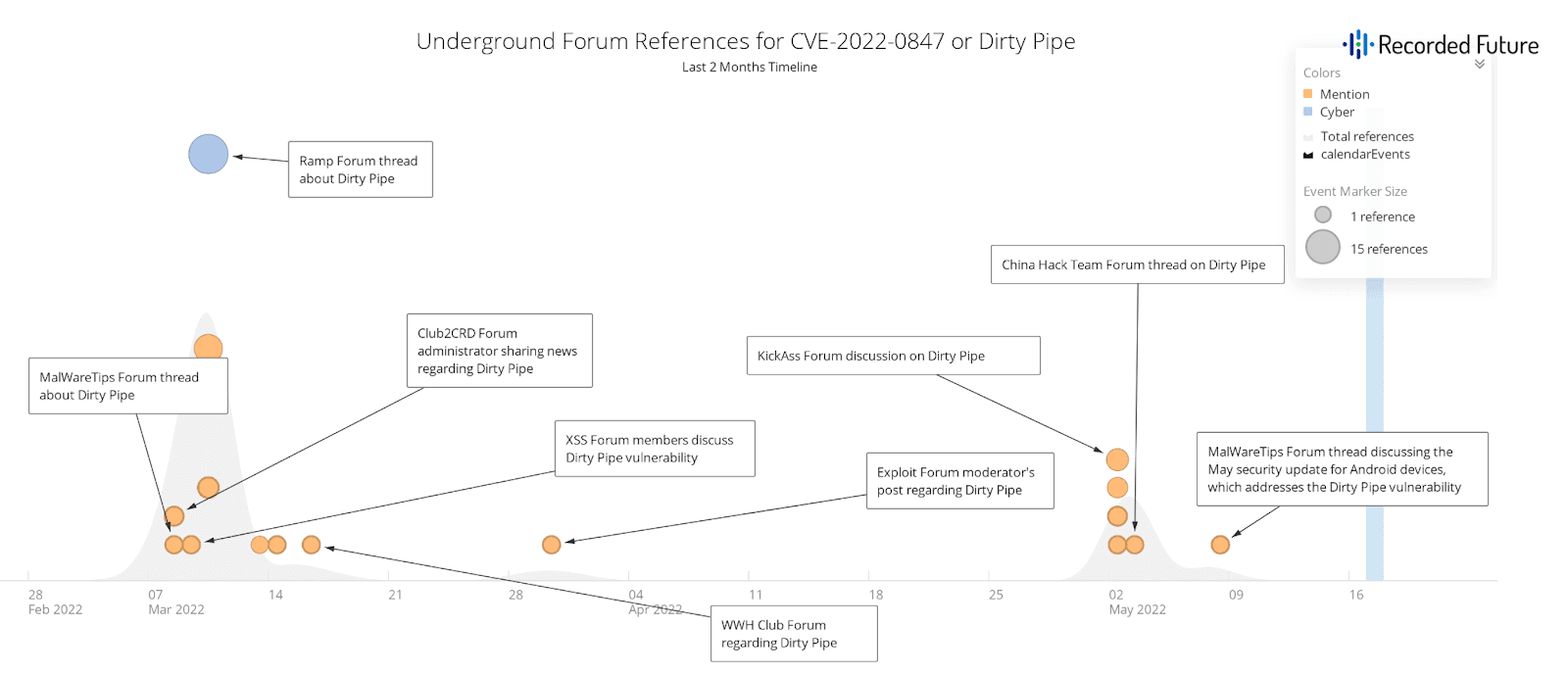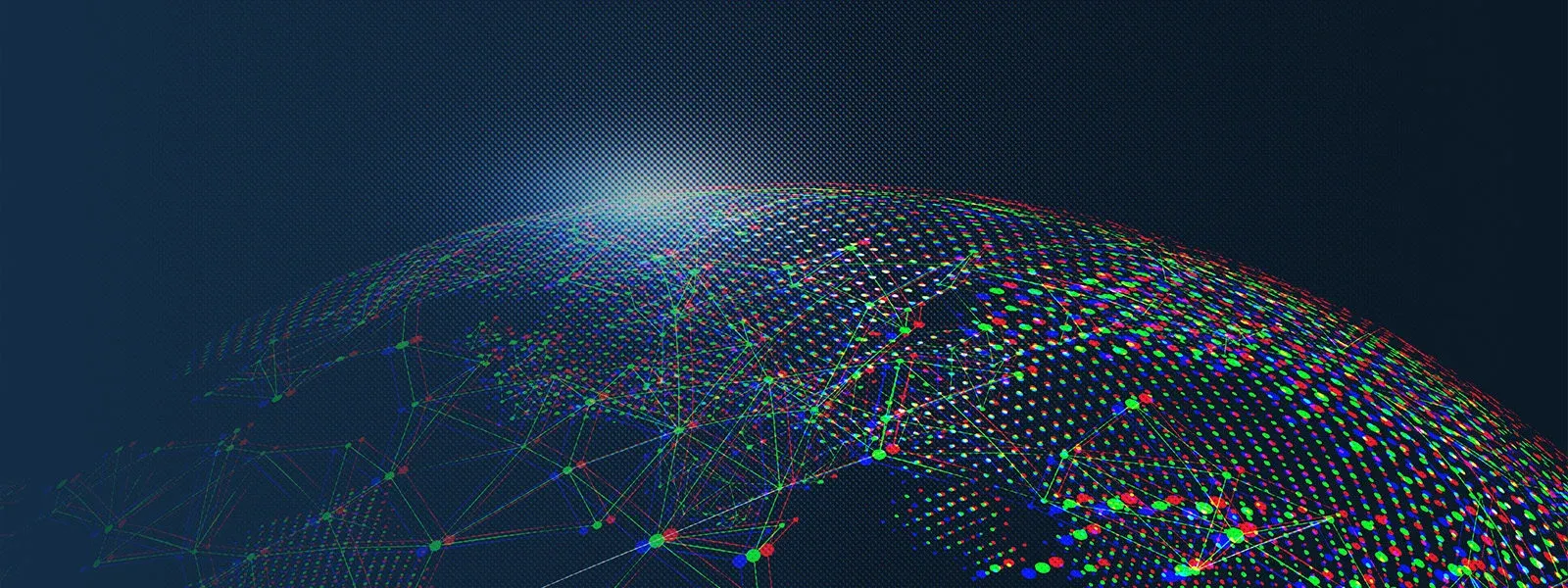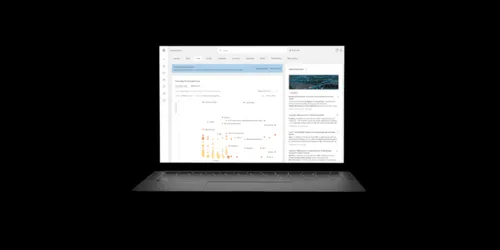Schwachstellen-Spotlight: Dirty Pipe

Anmerkung der Redaktion: Der folgende Beitrag ist ein Auszug aus einem vollständigen Bericht. Um die gesamte Analyse zu lesen, klicken Sie hier, um den Bericht als PDF herunterzuladen.
This report provides an overview, technical analysis, and mitigations for CVE-2022-0847. Sources include the Recorded Future® Platform, GitHub, and open-source reporting. The intended audience for this report is defenders and analysts who are interested in how CVE-2022-0847 exploits work, as well as current mitigations that can be employed.
Executive Summary
CVE-2022-0847 (Dirty Pipe) is a Linux kernel vulnerability that was disclosed in early March 2022. The vulnerability was introduced in Linux kernel version 5.8 and allows for local privilege escalation via arbitrary file overwrites. An example proof-of-concept (POC) exploit was released with the disclosure, and since then several other POCs have been published on GitHub. The public exploits are reliable and only require a small number of prerequisites to work, such as having read permissions to a targeted file. Given the nature of this vulnerability, there are many different files that can be targeted for privilege escalation; therefore, this report highlights the techniques used by existing POC exploits. CVE-2022-0847 was patched in Linux kernel versions 5.16.11, 5.15.25, and 5.10.102, and all major Linux-based distributions have incorporated patches into their package repositories. Organizations should apply the recommended patches as soon as possible.
Wichtige Beobachtungen
- CVE-2022-0847 existed in the wild for roughly 2 years, although there is no evidence that it was exploited prior to its public disclosure.
- Es sind mehrere POC-Exploits öffentlich verfügbar, wodurch diese Sicherheitslücke leicht ausgenutzt werden kann und für unerfahrene Angreifer zugänglich ist.
- Exploits for CVE-2022-0847 are reliable and allow an attacker to gain root access when run on a vulnerable system. The root access enables the threat actor to perform administrative tasks such as reading sensitive files, installing malicious software, impersonating users, and potentially moving laterally throughout the network.
- The only mitigation for CVE-2022-0847 is to apply security patches, which are available for all major Linux distributions.
- Recorded Future has observed over 90 underground forum references to CVE-2022-0847 since it was disclosed, illustrating a general interest and potential intent to exploit the vulnerability in future campaigns.
Hintergrund
CVE-2022-0847 is a privilege escalation vulnerability in the Linux kernel that allows arbitrary files to be overwritten if the attacker has read access to the file. The vulnerability was introduced into the Linux kernel in version 5.8 and existed for roughly 2 years before being discovered and patched. It was discovered by Max Kellermann, who gave it the nickname “Dirty Pipe” due to its similarities with CVE-2016-5195 (aka “Dirty Cow”). Kellermann identified the vulnerability on February 19, 2022, and initiated a coordinated vulnerability disclosure the following day by submitting a bug report, POC exploit, and patch to the Linux kernel security team. Once patches were in place, the vulnerability was publicly disclosed on March 7, 2022. At this time, there is no evidence that CVE-2022-0847 was exploited in the wild prior to its disclosure.
Der Fehler selbst wird auf der CVSS 3.0-Skala hoch (7,8) bewertet. Angesichts der weiten Verbreitung von Linux-basierten Betriebssystemen betrifft die Sicherheitslücke viele andere Geräte als nur Desktops und Server, auf denen Linux-basierte Betriebssysteme laufen. Zu den anfälligen Geräten zählen zahlreiche IoT-Geräte (Internet of Things), Router sowie Android-Tablets und -Telefone. Es ist nicht möglich, die Sicherheitsanfälligkeit aus der Ferne auszunutzen. Sie könnte jedoch mit einer Remote Code Execution (RCE)-Sicherheitsanfälligkeit verknüpft werden, sodass sie ohne lokalen Zugriff ausgenutzt werden kann. Darüber hinaus sind nicht alle Geräte anfällig, da Linux-Kernel-Versionen vor 5.8 sowie alle Kernel-Versionen, die auf die gepatchten Versionen aktualisiert wurden, nicht betroffen sind.
In a search of underground and dark web sources, we identified numerous discussions pertaining to CVE-2022-0847. While it is uncommon for threat actors to publicly disclose their intentions of targeting specific organizations using a particular CVE, a general interest shared by dark web forum members indicates threat actors’ intent to use CVE-2022-0847 in malicious campaigns. We identified 120 references to CVE-2022-0847 across multiple dark web forums over the past 2 months, as shown in Figure 1 below.
 Figure 1: References for CVE-2022-0847 or Dirty Pipe on dark web forums (Source: Recorded Future)
Figure 1: References for CVE-2022-0847 or Dirty Pipe on dark web forums (Source: Recorded Future)
Anmerkung der Redaktion: Der folgende Beitrag ist ein Auszug aus einem vollständigen Bericht. Um die gesamte Analyse zu lesen, klicken Sie hier, um den Bericht als PDF herunterzuladen.
Verwandte Nachrichten & Forschung



